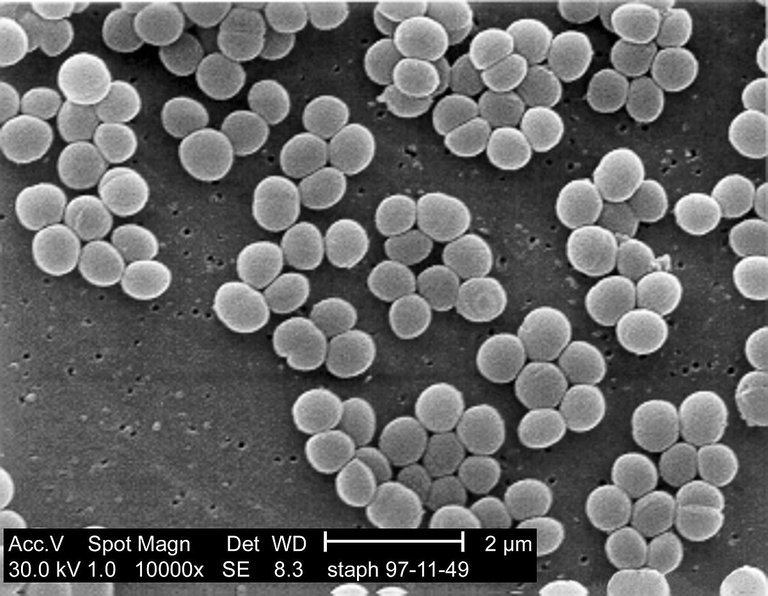
Staphylococcus bacteria (also termed staph) are responsible for a number of common infections. Most any organ system can be infected by S. aureus. Most frequently, S. aureus strains first infect the skin and its structures. Unfortunately, these bacteria can reach the bloodstream (bacteremia) and end up in many different body sites, causing infections that may cause severe harm or even be fatal.
What Are Some Types of Staph Infections?
S. aureus strains also produce enzymes and toxins that likely cause or increase the severity of certain diseases. Such diseases include
-food poisoning,
-septic shock,
-toxic shock syndrome, and
-scalded skin syndrome.
S. epidermidis strains, which usually do not cause infections, can cause infections in people whose immune system is suppressed. Patients who have any type of indwelling catheter or implanted device are also known to get S. epidermidis infections.
What Are Staph Infection Symptoms and Signs?
-Most staph infections that are visible usually have a reddish, swollen, itchy, and/or tender area at the site of infection.
Often the site oozes pus or has some crusty covering with drainage.
-Sites of infection can be small like a pimple on someone's face or even in the nose, a boil on an extremity, or large like a carbuncle.
-Cellulitis (it most commonly appears on the legs) often shows redness and swelling of the involved area without pus, but impetigo shows a crusty weeping rash with an occasional blister.
-Scalded skin syndrome shows extensive skin redness with bullae (fluid- or pus-filled blisters).
-Infected catheters and other implanted devices usually show redness, pus, and tenderness at the skin entry site. Deep abscesses, pneumonia, osteomyelitis, and most other internal infections are only seen by X-ray and other imaging techniques or are not visible at all (for example, toxic shock, food poisoning) although nausea, vomiting, diarrhea and abdominal pain, chills, and fever may be present.